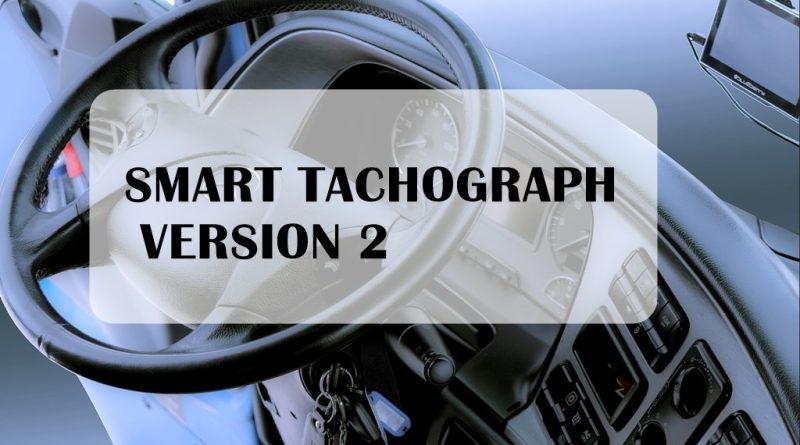New tachograph partially ready for EU deployment, IRU asks for grace period
Starting 21.august, the new smart tachograph version 2 (SMT2) is mandatory for all newly registered commercial heavy-duty vehicles. But given the delays in the availability of SMT2 devices, IRU is asking the European Commission to recommend that Member States provide a grace period until the end of 2023 to prevent the blockage of tens of thousands of new trucks and coaches.
The new SMT2 comes with a host of benefits. Compared to the smart tachograph version 1 (SMT1), the SMT2 includes additional features such as automatic registration of border crossings and the possibility for enforcers to view data remotely.
The SMT2 is not only a key tool for monitoring compliance with EU driving and rest time rules but also with cabotage rules and even the posting of drivers.
IRU Director of EU Advocacy Raluca Marian said, “Our sector has been looking forward to the smart tachograph version 2.
“Among other benefits, its new features could reduce the number of roadside checks and improve the working conditions of drivers and enforcers by targeting only frequent and heavy offenders, an ideal scenario IRU has long pleaded for.
“But the delays in the delivery of the new tachographs may block between 20,000 and 40,000 vehicles from registration until the end of 2023.”
“This blockage is unacceptable. It means delays in receiving new vehicles, which may materially affect transport operators’ planning and, consequently, the EU’s passenger and goods transport capacity,” she added.
Even if a Member State unilaterally decides to exceptionally accept the registration and circulation of new vehicles equipped with SMT1 devices, transport operators may be fined if they cross the borders of Member States following a different approach.
Solution
In a letter sent to Commissioner Adina Vălean last week, IRU called for the European Commission to recommend Member States to exceptionally provide a grace period until the end of 2023 for the installation of SMT2 devices in vehicles registered as of today, for both national and cross-border transports, due to delays in the delivery of the new smart tachograph.
During the grace period, new vehicles equipped with the previous version of the tachograph, SMT1, should be provisionally accepted for registration in parallel to vehicles equipped with the SMT2, provided that they are retrofitted with SMT2 devices by the end of the grace period.
Additionally, enforcement authorities should not apply penalties to transport companies for operating vehicles registered from today onwards with SMT1 devices during the grace period.
If new state-of-the-art vehicles are blocked from being delivered with SMT1 devices, it will be preventing the operation of more environmentally friendly vehicles, jeopardising Europe’s CO2 reduction targets.
“Our sector is asking for the European Commission’s leadership to prevent disturbances to the EU’s mobility networks and supply chains, as well as sparing transport operators from unwarranted fines,” said Raluca Marian.
Several EU Member States, including Germany, Spain and Sweden, have unilaterally decided on grace periods. While this is a welcome step, there is a lack of harmonisation on the duration of the exemption and conditions.
“The welcome move of several Member States to find pragmatic solutions to a factual issue is another good reason why the European Commission should show leadership and coordinate a harmonised exception which allows the registration and use of new vehicles equipped with SMT1 devices until the end of the year. Needless to say, the cost of retrofitting these vehicles with SMT2 devices should be borne by manufacturers as they have a duty to provide compliant vehicles,” highlighted Raluca Marian.
Bigger crisis on the horizon
In addition to the milestone targeting new heavy-duty vehicles, the latest amendment to the EU driving and rest time rules also set deadlines for the retrofitting of vehicles registered prior to today. These deadlines are concerningly near, between the end of 2024 and August 2025 depending on the vehicle.
Given the current challenges to equip new vehicles with the SMT2, IRU anticipates delays in the provision of SMT2 devices for the retrofitting of vehicles already on EU roads.
“As the new smart tachograph will most likely not be widely available for retrofitting until the beginning of 2024, we’re asking the European Commission to set up a monitoring system for vehicle retrofitting to prevent a predictable crisis. This could be an even bigger issue than the current one. We expect that between 1.5 and 2 million vehicles will need retrofitting, and the window for that is getting smaller and smaller due to delays,” concluded Raluca Marian.
Source: IRU





